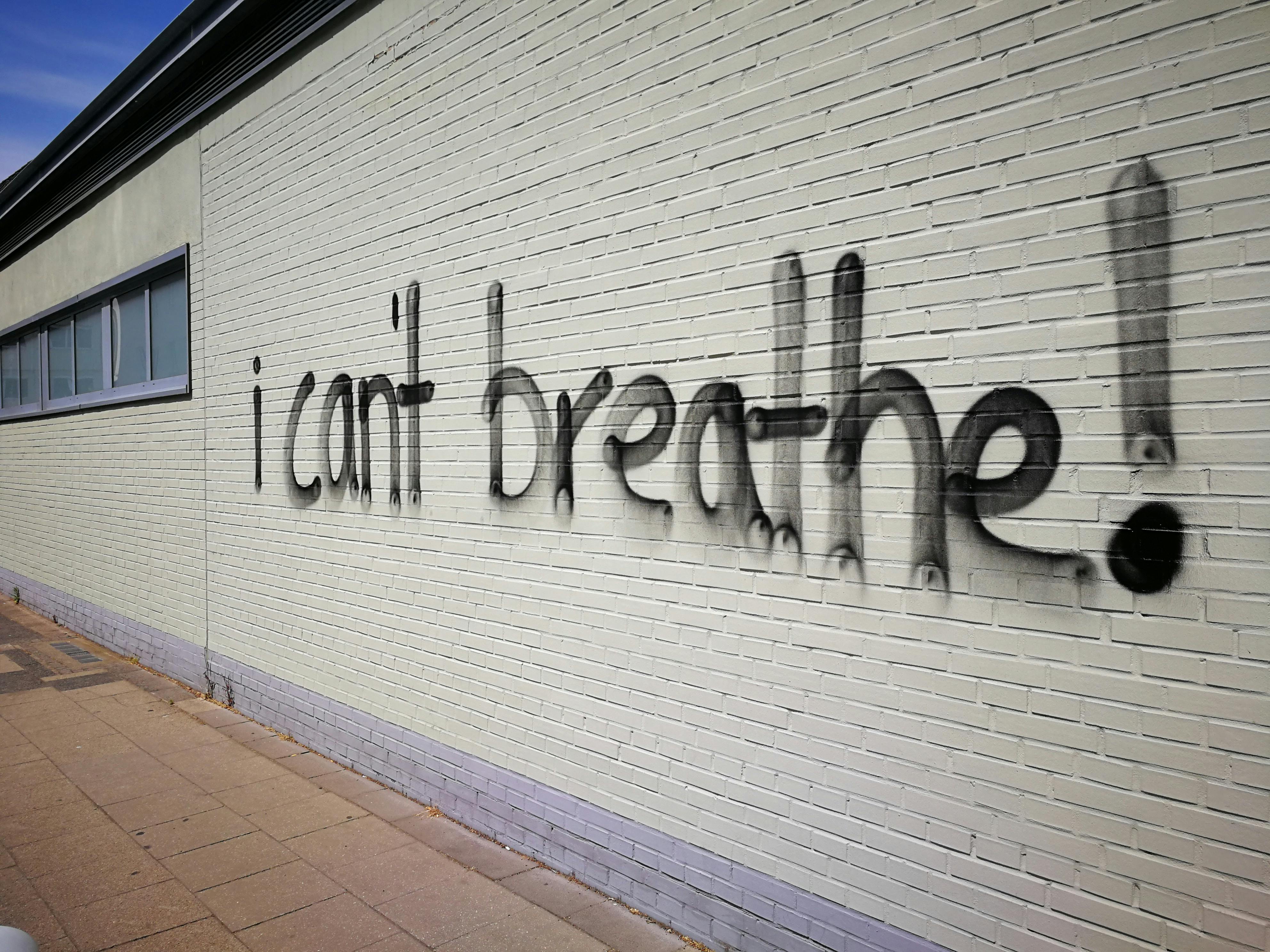Today American education is reinventing itself. The assumptions that have governed its power structures and relations for more than a century are being replaced. This reinvention is spawning all kinds of novel approaches to schools and hybrid arrangements that blur the lines that have long separated public and private schools. For example, the best of what have been called charter schools have elements of today’s public and private systems. Furthermore, this new model is not an unbridled, laissez-faire, free-market one. The public retains an interest in the provision of educational services paid for with public funds. Public authorities continue to set standards for educational performance, especially student achievement standards, of all schools receiving public funds and monitor whether those standards are achieved.
– Shift of power from producers to consumers. Public education has long been producer-oriented. The main beneficiaries of this model are the school and its employees, not its clients. Bureaucrats, experts and special interests control the system and make decisions within the framework of a public school monopoly.
New studies show that students want higher standards of behavior and achievement, and that nearly six in 10 parents with children in public schools would send their children to private schools if they could afford it, which analysts interpreted as “a public about to to run away.” .”
– Emphasis on results. The second guiding principle for reinvention is the primacy of what children learn and how well they learn it, not the rules schools follow, how they are run, the (worthy) intentions of educators, or what they spend. Administrators must monitor the academic outcomes of education, allowing individual schools to decide how to achieve them, including yearly calendar, daily schedules, staffing arrangements, student grouping, budget decisions, etc.
– Responsibility. Schools must establish responsibilities and create an evaluation system that measures results. An accountability system begins with a clear set of learning standards or expectations. There are two types of standard. The content standards define the skills and knowledge that students must achieve in various stages: what they must know and do. Performance standards, sometimes called achievement levels, specify an expected level of proficiency, which is good enough to progress from one stage to the next.
Students are to be promoted and graduated only when they have met specified standards; universities must admit students only when they meet university-level entrance standards; and employers must review the transcripts and use them in their hiring decisions. Likewise, teachers, principals, and other responsible individuals should be rewarded for success, penalized for failure, and fired if they or their adult schools can’t get the job done.
– Choice of school. He also guides the reinvention of American education the notion that schools can be different from each other rather than identical and that families should have the freedom to choose from a variety of educational opportunities and settings. Schools must accommodate the different needs of families and children, not bureaucrats, state and local regulations, or union contracts. Several current proposals would allow non-government schools and homeschoolers to receive money under choice plans: tax credits, tax-free K-12 education savings accounts, publicly (and privately) funded scholarships, and others. . Because these scholarship dollars would be aid to families, not schools, they could be used at any legally operating school, whether public, private, or religious.
– Professionalism. The reinvention model holds that those who work in schools should be treated and behave as professionals. This means deregulating schools, freeing them from bureaucratic control and micromanagement, and allowing individual schools, educators, and parents broad decision-making latitude on issues such as teaching load and methods, staffing and resource allocation.
– The education profession itself should be deregulated. Recruiting educators for the reinvented public school should not be limited to graduates of teacher or administrator training programs. Teachers’ unions may be an obstacle to such reforms, but even they have shown some hopeful signs.
This new vision of American education is spreading rapidly, redefining public education and blurring the line between public and private schools. It is creating a radically new education system in which families choose from a continuum of learning opportunities and designs, with public money following a child to the school of their choice. As the lines blur and public and private schools become more alike (and different from current schools), private schools will change as well. Private schools’ growing opposition to vouchers suggests that some would prefer to maintain their independence rather than engage in a blur that could lead to considerably more control by others. States, however, already have the authority to regulate private schools; therefore, reinvention is unlikely to destroy its autonomy. The new model allows them to remain “private” in several important ways: they govern themselves, they are free from most regulations, they can hire whomever they want, they are in control of their own curriculum, and they are served by young people. whose parents choose them.
The central principle organizing the academic program of most parochial schools is a core curriculum for all students, regardless of their background and future educational plans. Electives are limited and compulsory courses predominate.
Students of all racial and ethnic backgrounds respond well to the challenge. The focused core curriculum of a parochial school improves student achievement, particularly among disadvantaged students, and guards against the academic fads that sweep through the world of education with such depressing frequency. The schools of the future will require more core academic courses from their students, particularly those who are socially and economically disadvantaged.
Such a structure requires a strong community organization. Parish educators see teaching as a vocation, a ministry of service. Schools promote personal interactions and shared experiences among those who work in, attend and support them. Numerous activities bring staff, students, and supporters together, including sporting events, fundraisers, rallies, school plays, alumni reunions, retreats, and various forms of prayer and religious rituals. Academically, the core curriculum plays this unifying role. These promote a common purpose that supports the mission of the school.
Parochial schools are often less constrained by centrally controlled bureaucracies than public schools. Almost all important decisions are made at the school, under the leadership of the principal. This allows a school to develop a distinctive character and a sensitivity to the unique needs of students and families.
This market responsiveness is tempered by the core beliefs and values that permeate the school. The unique educational philosophy of a parochial school affirms the existence of fundamental truths and includes a special respect, grounded in religion, for the dignity of each person and the sanctity of the human community. This perspective determines not only what students know, but also the morality they will follow and the moral community the school creates.
Perhaps the biggest difference between the public and private realms is this explicit moral education, character development, and, in religious schools, religious instruction (although public schools in recent years have become more aware of these issues).
Charter schools (mostly independent public schools of choice responsible for student learning outcomes) constitute a serious attempt by the public sector to reinvent education in this sense and give public schools full autonomy. Unfortunately, not all charter school laws are created equal: some show the facade of freedom but not the reality. Policymakers must resist the temptation to constrain charter operators with the current web of state statutes, rules, collective bargaining agreements, and the like.
As charter schools demonstrate, a public school is becoming any school willing to adopt high standards, enroll students without discrimination, and be accountable for their results, regardless of who owns or operates them. Public money follows the child to these schools, and what binds them together is a mandatory set of academic outcomes limited to a core list of widely accepted knowledge and skills.
America’s “public” schools of the future will not look, feel, or act like “government.” But they are clearly larger than the individual or the family. In that sense, they satisfy the classic definition of a “mediating” institution. They are, in fact, examples of what contemporary analysts call “civil society.” They are voluntary institutions, neither obligatory nor monopolistic. They are more responsive to their communities than schools created by large public bureaucracies.
Schools, of course, should play a critical role in this process, but today’s conventional public schools are hampered by bureaucratic restrictions against religious education. Of course, in a pluralistic society there will surely be different ideas of what this means. Unfortunately, the current American public education system cannot accommodate such variety. So if we’re going to revitalize our communities, if we’re going to rebuild the social capital of our families and neighborhoods, if we’re going to educate our young people, especially the most disadvantaged, we must allow families much more choice in education, and with it a flowering of variety, pluralism and freedom. Outdated laws and attitudes that favor the status quo are the only real limit to the future of American education.



